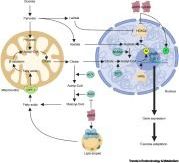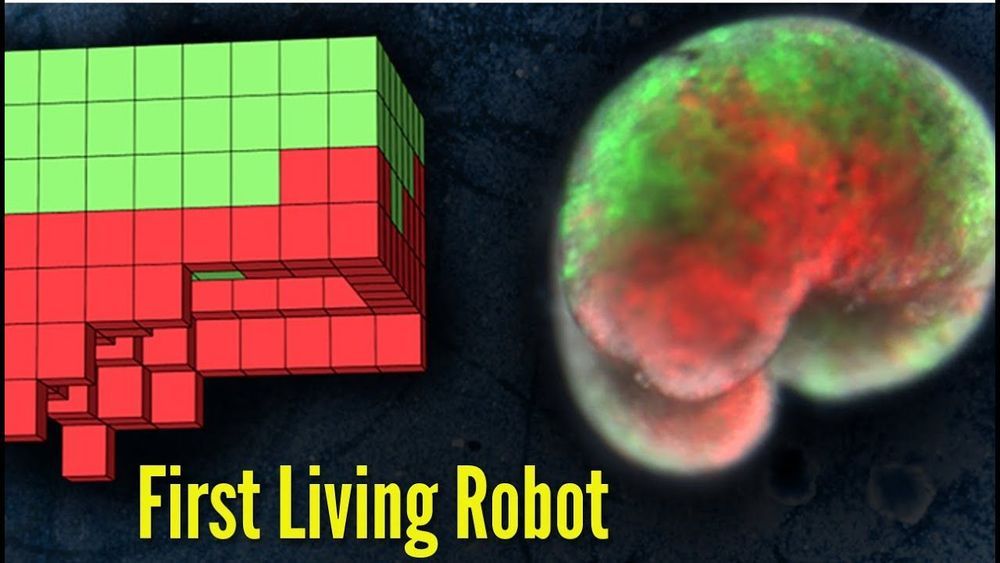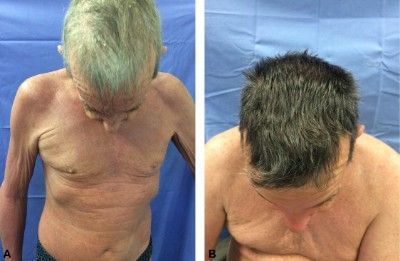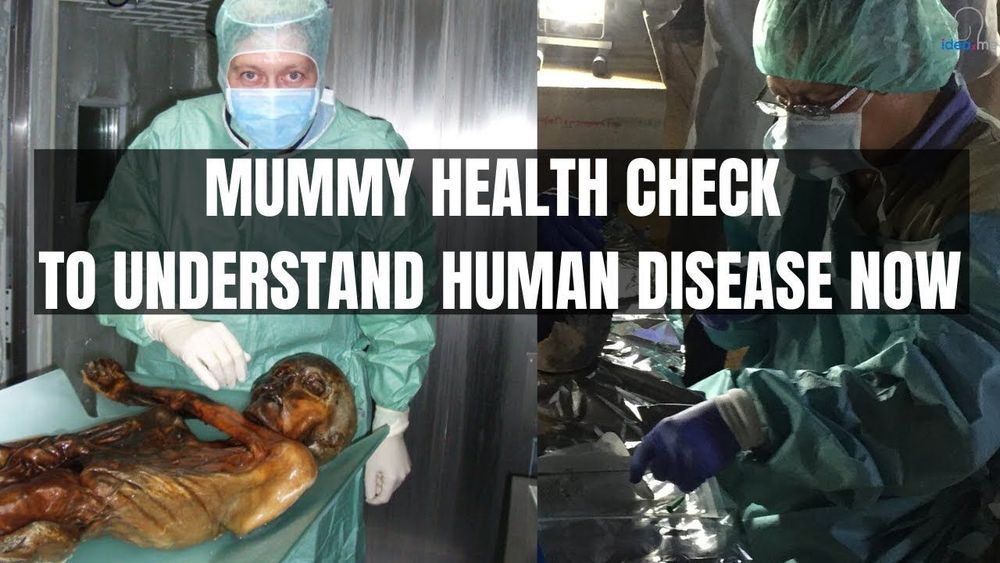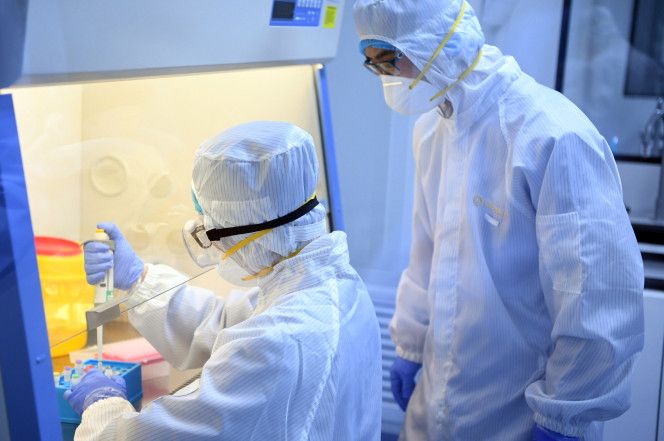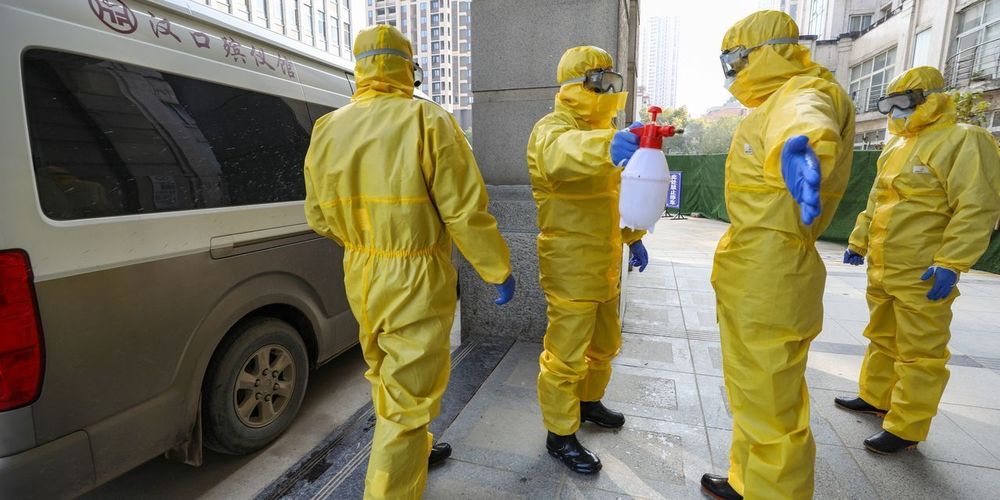Feb 2, 2020
Coronavirus: China orders its citizen to give up meat, become Vegetarian
Posted by Prem Vijaywargi in categories: biotech/medical, food, government
New Research Estimates 75,000 People in Wuhan Are Infected With Coronavirus.
Everyone is aware of the fact that Coronavirus is spreading across China and the world quickly. By far, the virus has affected over 11,800 people and the global death toll has risen to at least 250.
Continue reading “Coronavirus: China orders its citizen to give up meat, become Vegetarian” »

